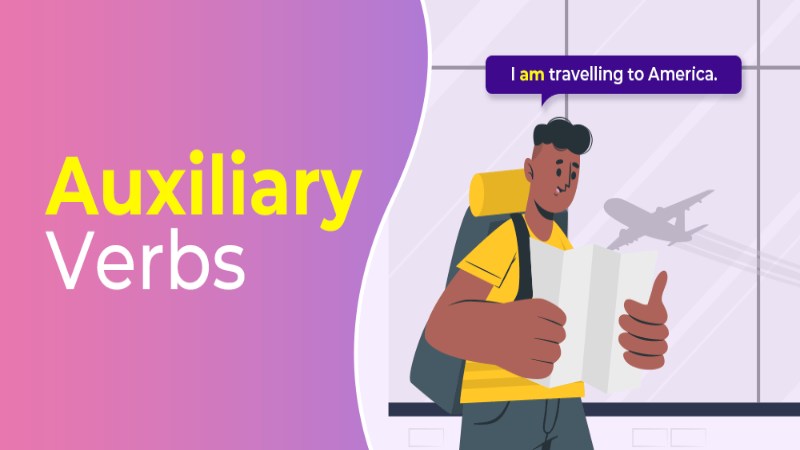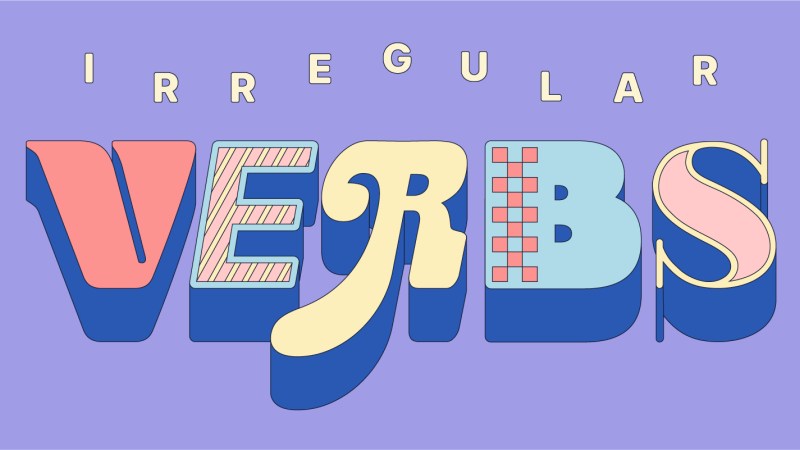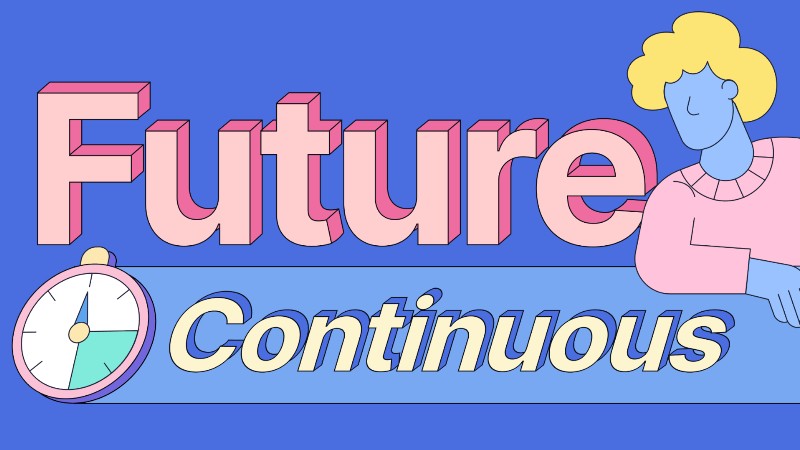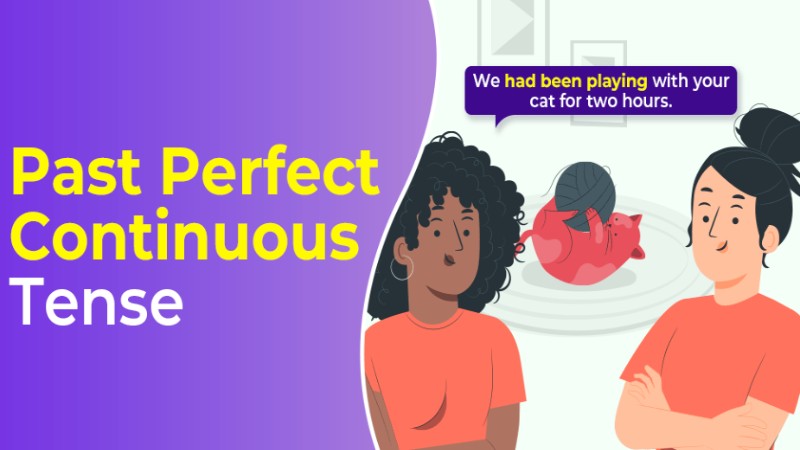
英文语法中的助动词,也叫协助动词,包含 be、do、have、will 等动词。我们使用助动词在一般现在时里面来结合否定句和疑问句,并在句型中形成进行时和完成时。有些助动词也可以单独作为句子中的主要动词。
助动词 be
be 动词既可以用作助动词,也可以用作句子中的主要动词。 be 动词是一个不规则动词,具有三种不同的现在式形式、两种过去式和一种过去分词的形式。
现在式:
- I am
- he/she/it is
- we/you/they are
过去式:
- I/he/she/it was
- we/you/they were
过去分词:
- been
be 动词在现在进行式和被动式时是助动词。我们可以看出 be 动词是下面句子中的助动词,因为另一个动词-主要动词-总是紧跟在它后面。主要动词的现在分词(-ing) 形式用于现在进行式,过去分词用于被动式。
be 动词用于进行式
现在进行时:
I am playing football.
You/We/They are playing football.
He/She/It is playing football.
过去进行时:
I/He/She/It was playing football.
You/We/They were playing football.
现在完成进行时:
He has been playing football.
过去完成进行时:
He had been playing football.
be 动词用于被动式
一般现在/过去时:
The house is/was built.
现在/过去被动式:
The house has/had been built.
将来时被动式:
The house will be built.
be 动词作为主要动词
请记住 be 动词也可以是主要动词。在这种情况下,没有其他动词直接出现在它之前或之后。 be 动词用作主动词时,否定句或疑问句则不需要助动词。
肯定句:
They are fifteen years old.
否定句:
They are not fifteen years old.
疑问句:
Are they fifteen years old?
助动词 have
动词 have 可以用作助动词和主动词。 have 是一个不规则动词,有两个不同的现在式的形式。过去式和过去分词动词变化相同。
现在式:
- I/we/you/they have
- he/she/it has
过去式:
- had
过去分词:
- had
have 在现在完成时中是被当做助动词, 在主动语态和被动语态皆是。
have 用于完成式: 主动语态
现在完成时:
I/You/We/They have played football.
He/She/It has played football.
过去完成时:
He had played football.
现在完成进行时:
I/You/We/They have been playing football.
He/She/It has been playing football.
过去完成进行时:
He had been playing football.
have 用于完成式: 被动语态
现在/过去 完成时:
The house has/had been built.
have 作为助动词或主要动词
为了表示“拥有”的意思,我们可以将 have 用作主要动词或助动词。在英式英语中,我们一般将 have 作为助动词与 get(got) 的过去分词结合使用。请注意, have got 这个组合的形式只有现在式。
作为主要动词:
I have a car.
作为助动词:
I have got a car.
如果我们将 have 用作主要动词,则需要助动词 do 来表示否定和疑问句。
作为主要动词:
I do not have a car.
Do I have a car?
如果我们使用 have got,那么我们就不需要另一个助动词了。 (have已经是助动词了。)
作为助动词:
I have not got a car.
Have I got a car?
助动词 do
动词 do 可以是助动词或主动词。 do 是一个不规则动词,它有两种现在式的形式,以及一种过去式和过去分词形式。
现在式:
- I/we/you/they do
- he/she/it does
过去式:
- did
过去分词:
- done
在一般现在时和一般过去时中,我们将 do 用作否定句和疑问句的助动词。在这些情况下,主要动词以不定词(原形动词)形式使用。
否定句中的助动词 do
一般现在时:
I/You/We/They do not play football.
He/She/It does not play football.
一般过去时:
I/You/He/She/We/They did not play football.
疑问句中的助动词 do
一般现在时:
Do I/you/we/they play football?
Does he/she/it play football?
一般过去时:
Did he play football?
否定句和疑问句中没有助动词
在下列情况下,助动词 do 不用于否定或疑问句:
1. 主要动词是 be 动词。
I am not angry.
Are you okay?
2. 已经使用了另一个助动词(例如 have、be、will)。
They are not sleeping.
Have you heard that?
3. 使用了情态动词(can、could、may、might、must、ought to、shall、should、will、would)。
We must go now.
Can you repeat that, please?
4. 疑问句的问题是在询问主词。
Who sings that song?
do 作为主要动词
do 也可以是主要动词。以 do 为主要动词的否定句和疑问句仍用 do 作助动词。
肯定句:
She does her homework every day.
否定句:
She doesn’t do her homework every day.
疑问句:
Does she do her homework every day?
助动词 will
动词 will 是情态助动词。
我们常将 will 用于一般将来时,将来进行时以及第一条件句。
He will not play football. (一般将来时)
He will be playing football. (将来进行时)
If he plays football, he will be tired. (第一条件句)
英文中的助动词 – 练习题



Comments